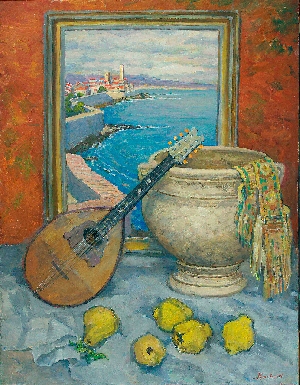snow, Characters, China, embankment, lilac, cross, cottage, Bridge, Sky, Коктебель, ship, Leningrad, Autumn, Landscape, горы, bathing, feast, Street, abstraction, trees, card, Hunting, Зима, Блок, young, Park, Female nude, furniture, лето, Scarecrow, цветы, apples, Russian, Франция, Still Life, vase, machines,
 code at our gallery
|
Agin Alexander
(1817-1875)
Agin Alexander - Russian painter. Alexander Agin and his younger brother Basil were illegal sons Horse Guards officer, AP Elagina, which could give both only a truncated name. In 1834, the brothers arrived in St. Petersburg to enter the Academy of Fine Arts, but was passed only senior. He studied in the class of historical painting in KPBryullov , but did not become a painter: was released in 1839 with the rank of a drawing teacher, and his creative destiny is tied up with the graphics. Calling Agin was to illustrate the contemporary Russian literature, mainly satirical. In the mid-1840s. He illustrated the story "Angry Man" EP Combs, Sketch "columnist Petersburg" II Panayev, poem, "The Lord of the Manor" Turgenev. This work brought him close to the artist-engraver EE Bernardskim that print perfectly translated his drawings in the woodcut. Together, they created the first illustrations for "Dead Souls," Gogol. According to their plan of 100 large and 100 small drawings to accompany the second edition of the poem, but the author suddenly refused to re-release it, and were restricted to only 100 large illustrations and publish them without text, individual issues, 4 in each drawing. So, at the end of 1846 and early 1847 were published 72 illustrations (and all 100 - only in 1892). They have had considerable success and still remain the best of all attempts to illustrate the poem. Their strength and charm - in vivid types outlined grotesque, but not losing vitality. Social psychological acuity and household characteristics, plastic clarity and integrity of the composition give the images created by the artist, a considerable breadth of generalization and denunciatory effect. Nothing like Agin could not do more. He was interrupted by small orders for magazines, fell into poverty. In 1853, he moved to Kiev, where he taught drawing in the Cadet Corps, and worked in a theater - the property-and make-up artist. Then he found refuge in Kachanovke - the estate of a rich man, collector and patron G.S.Tarnovskogo. There he died.
The artist's works |
artist Agin Alexander , Russian artist Agin Alexander , about the artist Agin Alexander , Information about artist Agin Alexander
|









